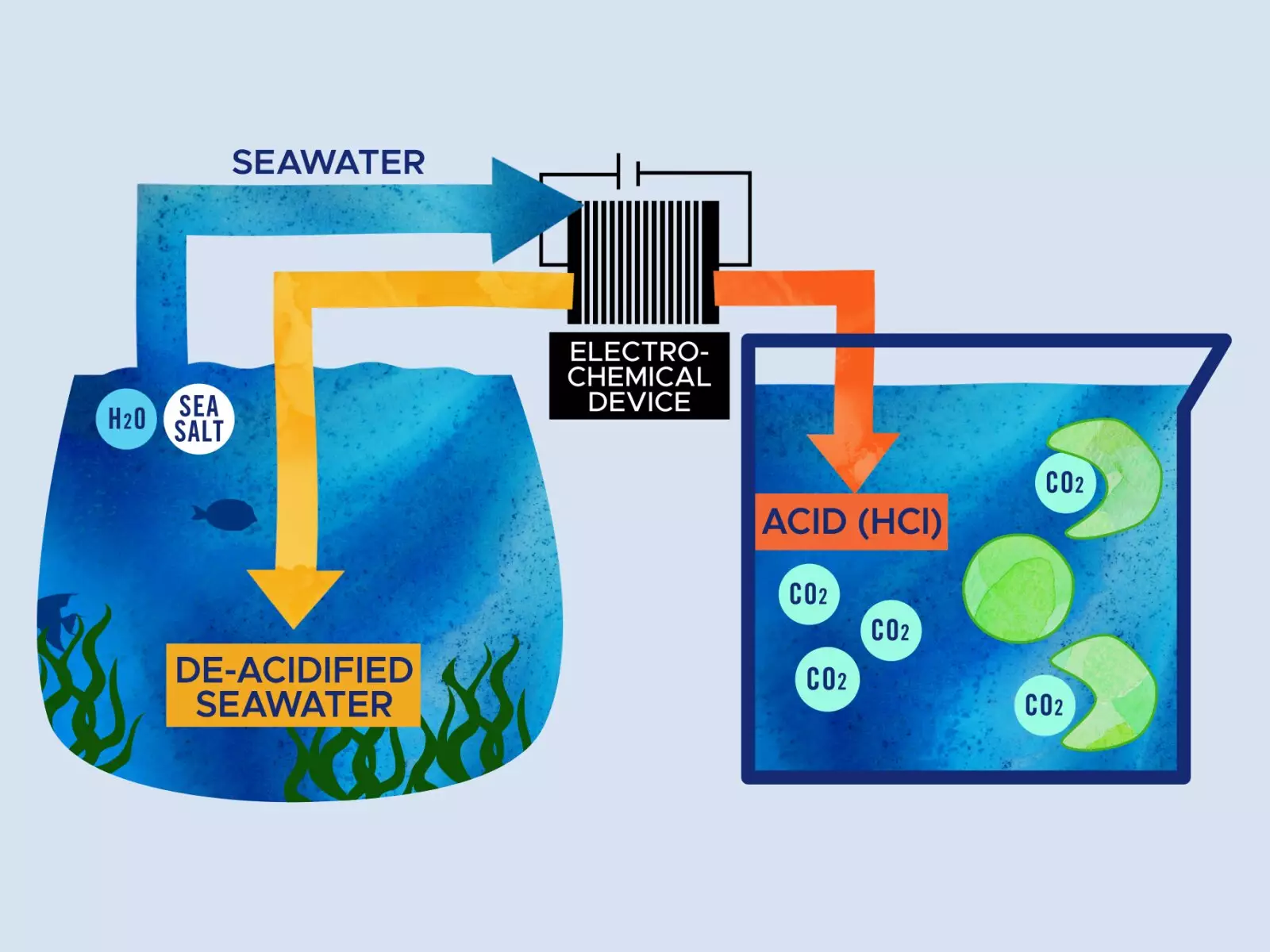The potential of marine algae in combating climate change and promoting sustainability is undeniable. From producing oxygen through photosynthesis to serving as a source of eco-friendly plastics and fuel, marine algae play a crucial role in our ecosystem. However, the process of growing algae for commercial purposes, known as aquaculture, often involves significant carbon emissions that negate the benefits of carbon dioxide removal. In this context, researchers from the Pacific Northwest National Laboratory (PNNL) have proposed a groundbreaking solution to make aquaculture more carbon neutral by coupling it with marine carbon dioxide removal (mCDR) technology.
One of the key challenges in achieving carbon neutrality is removing excess carbon dioxide from the atmosphere. Marine algae have emerged as a natural solution to this problem, thanks to their ability to absorb carbon dioxide and promote rapid growth. By harnessing the carbon-eating power of algae, researchers have explored innovative ways to leverage this natural process for carbon sequestration. In recent years, algae cultivation has gained attention as a sustainable method for removing carbon dioxide from the environment.
Ocean acidification, a consequence of carbon dioxide absorption by seawater, poses a serious threat to marine life and ecosystems. To counteract this effect, scientists have developed electrochemical technologies like bipolar membrane electrodialysis to remove acidity from seawater. By splitting seawater into acidic and basic streams, this process aims to enhance ocean alkalinity and mitigate the impacts of ocean acidification. However, a major challenge arises in handling the large volumes of acid stream generated during this process.
The integration of algae cultivation with marine carbon dioxide removal technologies presents a promising solution to the challenges of carbon neutrality and ocean acidification. Researchers at PNNL have demonstrated that the acid byproduct of electrochemical processes can be utilized to enhance algae growth. By exposing algae to acidic streams, researchers observed a significant increase in growth rates, highlighting the potential of this synergistic approach. This integrated process not only accelerates algae growth but also facilitates the removal of carbon dioxide from the atmosphere.
The combination of algae cultivation and mCDR technologies holds significant implications for sustainable aquaculture and climate change mitigation. By linking electrochemical carbon dioxide removal with algae cultivation, researchers envision a future where algae can be utilized for biofuels, plastics, and as a food source for shellfish. This integrated approach not only promotes carbon neutrality but also offers a practical solution for reducing greenhouse gas emissions and addressing the challenges of climate change.
Harnessing the power of marine algae in achieving carbon neutrality and combating climate change requires innovative solutions that integrate nature-based processes with technological advancements. The research conducted at PNNL represents a significant step towards realizing the potential of algae cultivation for carbon sequestration and environmental sustainability. By leveraging the carbon-eating capabilities of algae and coupling them with carbon dioxide removal technologies, we can pave the way for a more sustainable future and a healthier planet for future generations.


Leave a Reply